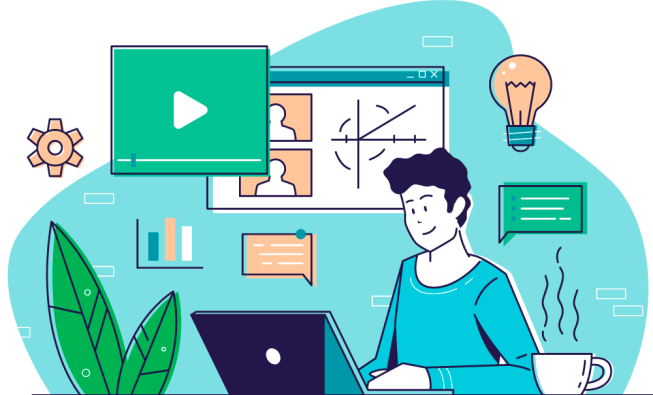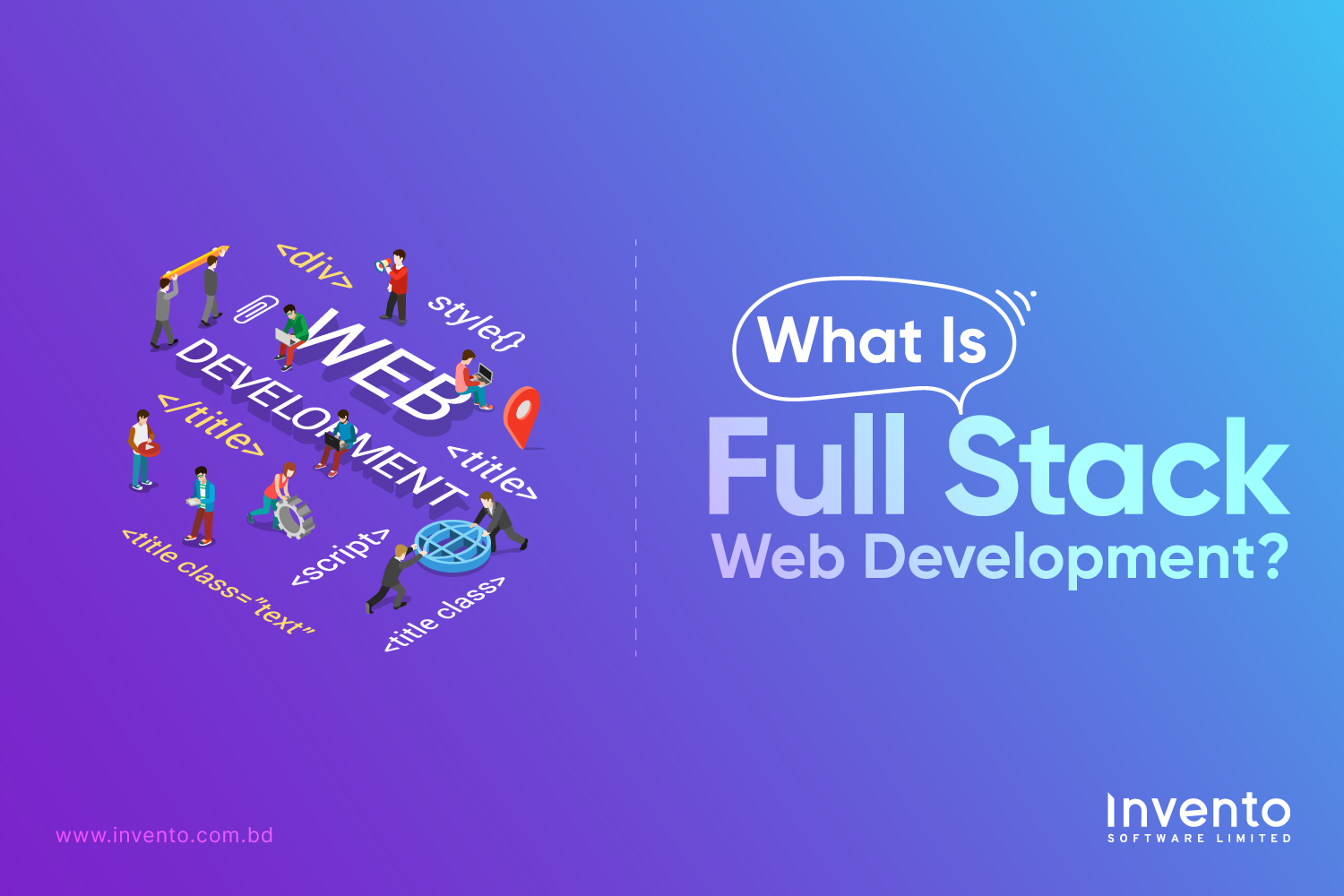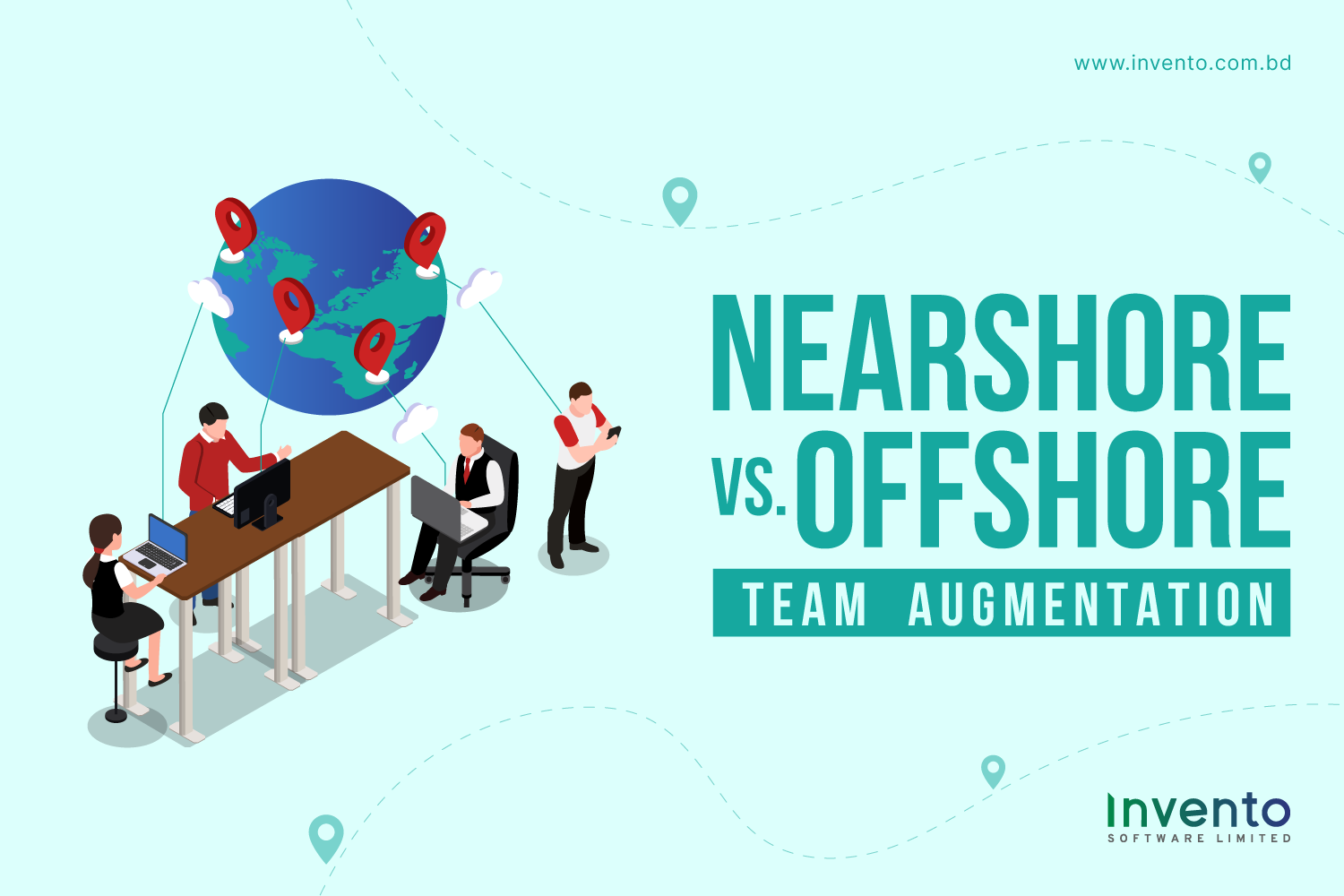Every business is now dependent on technology to stay ahead of the game & keep pace. Whether it’s an eCommerce site, mobile app, or SaaS platform, delivering a clean, seamless and visually appealing digital experience isn’t a nicety anymore, it’s a must-have. At the heart of every successful website or app is a union between two key elements: front-end development and back-end development.
The terms are often used together, but the jobs they do are totally different. To build full-blown solutions that are complete, scalable, user-friendly & all that you need to bring all these parts together. In this article, we’re going to give a rundown of exactly what front-end and back-end development mean, how they work, & why both are equally vital for the digital systems that power most of our lives today.
What Is Front-End Development?
Front-end development is all about what users see and interact with on a website or application. It is the layer that connects the digital design with the actual user experience. Whenever you open a website and see its layout, colors, buttons, navigation bar, or animations, that’s the work of front-end developers.
The main goal of front-end development is to make websites responsive, accessible, and interactive across all devices. A 2024 Statista survey shows that over 58% of global web traffic comes from mobile devices, which means modern front-end design must adapt perfectly to different screen sizes and browsers.
Front-end developers typically use three core technologies: HTML, CSS, and JavaScript. HTML structures the page, CSS defines its style and layout, and JavaScript adds movement and interactivity. Modern frameworks like React, Angular, and Vue.js make it easier to build complex and dynamic interfaces efficiently.
Beyond visuals, front-end developers also focus on performance optimization. Studies show that if a website takes more than three seconds to load, over 40% of users leave. This makes efficient front-end coding critical for business success.
What Is Back-End Development?
While the front-end deals with visuals, the back-end powers the entire system behind the scenes. It handles everything users don’t see but depend on like storing data, verifying logins, processing payments, and connecting the website to external services.
When a user fills out a form or clicks a “Buy Now” button, the front-end sends that request to the back-end. The back-end processes it, communicates with the database, and sends the correct response back to display on the front-end.
Back-end developers use programming languages such as PHP, Python, Node.js, Java, or Ruby to create this server-side logic. They also manage databases like MySQL, PostgreSQL, or MongoDB, where all user and business data are stored securely.
Scalability and security are two of the biggest priorities in back-end development. According to a 2025 report by Cybersecurity Ventures, cybercrime damages are expected to cost the world $10.5 trillion annually, which is why a secure back-end is the backbone of any reliable web system.
Cloud servers and APIs are also central to back-end work. Many modern systems now rely on AWS, Google Cloud, or Microsoft Azure for hosting, allowing websites to handle large traffic volumes and global users efficiently.
How Front-End and Back-End Work Together
To get a feel for how a website works, think of a restaurant. The front-end is like the dining area, where people actually sit and eat; the back-end is the kitchen, where the chefs do their work. The waiter is the messenger that keeps everything running between the two: a bit like how the front-end and back-end communicate with each other using APIs and server requests, but much less exciting.
When you try to log on to a website, the front-end grabs what you type in and sends it off to the back-end to have a look. The back-end then checks your details against the database and sends a little yes/no sign back to the front-end, which then updates the page so you can see what’s going on.
This back & forth happens so fast, in a matter of milliseconds, that you hardly even notice it, which is what makes online interactions feel so smooth. Without a fully working back-end, even the prettiest and fancy interface just won’t work. And on the other hand, without a front-end that people actually want to look at, even the most powerful system will struggle to get people to take notice.
Front-End vs Back-End: The Key Differences
Even though both sides are part of the same ecosystem, their focus and tools are very different. Front-end development emphasizes user experience, design, and interactivity, while back-end development focuses on logic, security, and performance.
In simple terms:
- The front-end makes your website look and feel right.
- The back-end makes sure your website actually works.
A 2023 Stack Overflow Developer Survey found that around 60% of web developers identify as full-stack developers, meaning they work on both front-end and back-end. This overlap shows how crucial it is for both sides to align for successful software projects.
Full-Stack Development: Bridging Gaps
A full-stack developer understands both front-end and back-end technologies. This type of developer can build entire systems like from designing user interfaces to writing the logic that runs them.
Full-stack development has become increasingly valuable because businesses today prefer integrated solutions. For example, an eCommerce platform must have an engaging design (front-end) and strong order processing and payment systems (back-end). Having one team or developer who understands both sides reduces development time and cost while improving collaboration.
At Invento Software Limited, our full-stack teams use modern tools like React for the front-end and Node.js or Laravel for the back-end. This combination ensures that our clients get high-performance, secure, and scalable applications that deliver real business impact.
Why Businesses Should Understand the Difference
Knowing the difference between front-end and back-end development helps business owners make smarter project decisions. For example:
- If your goal is to redesign your website to improve user experience, the focus should be on front-end development.
- If you need to integrate new features, manage complex data, or improve speed and security, you will need strong back-end expertise.
- For complete digital products like ERP systems, eCommerce platforms, or custom web apps, a balanced combination of both is essential.
By understanding these roles, businesses can communicate better with developers, estimate project timelines accurately, and allocate resources efficiently.
Final Words
Front-end and back-end development are two sides of the same coin, each one utterly reliant on the other. The front-end is where the magic happens, where we build the experience that people actually interact with – think of it as the face you show the world. The back-end is the powerhouse that makes it all work, the engine that drives the whole thing. You just can’t do one without the other and expect it all to come together smoothly.
At Invento Software Limited, our approach is to bring together creative front-end design with robust back-end architecture to deliver a complete, future-proof digital solution that meets all your needs. Whether you’re after a simple website that gets the job done or a super complex enterprise application that’s got all the bells and whistles, our approach ensures that performance, usability and security all work together in harmony.
If you’re thinking of building or giving your digital presence a makeover, getting your head around these two layers is a big part of making the right call – and if you need some help navigating it all, we’re here to guide you every step of the way.







